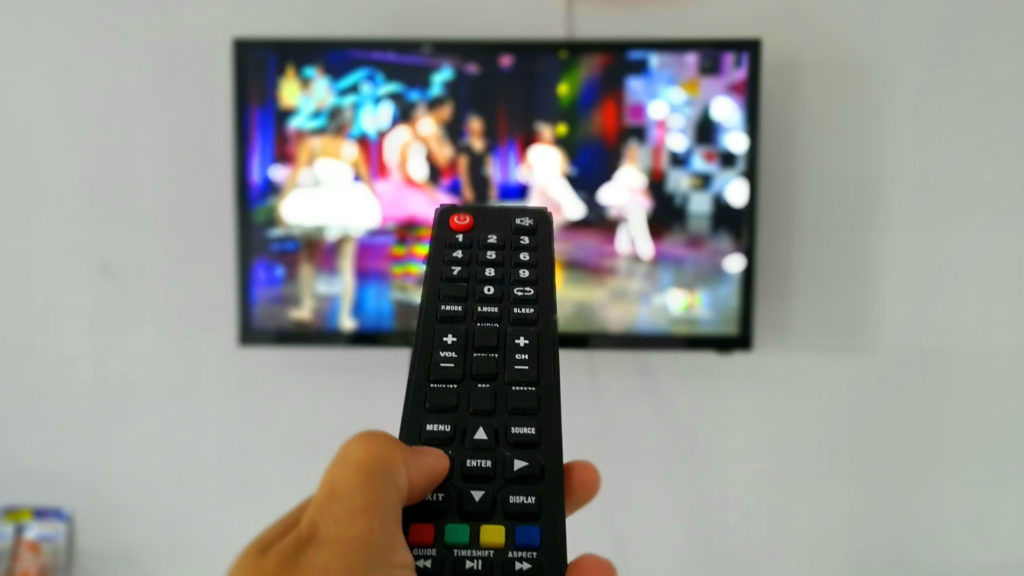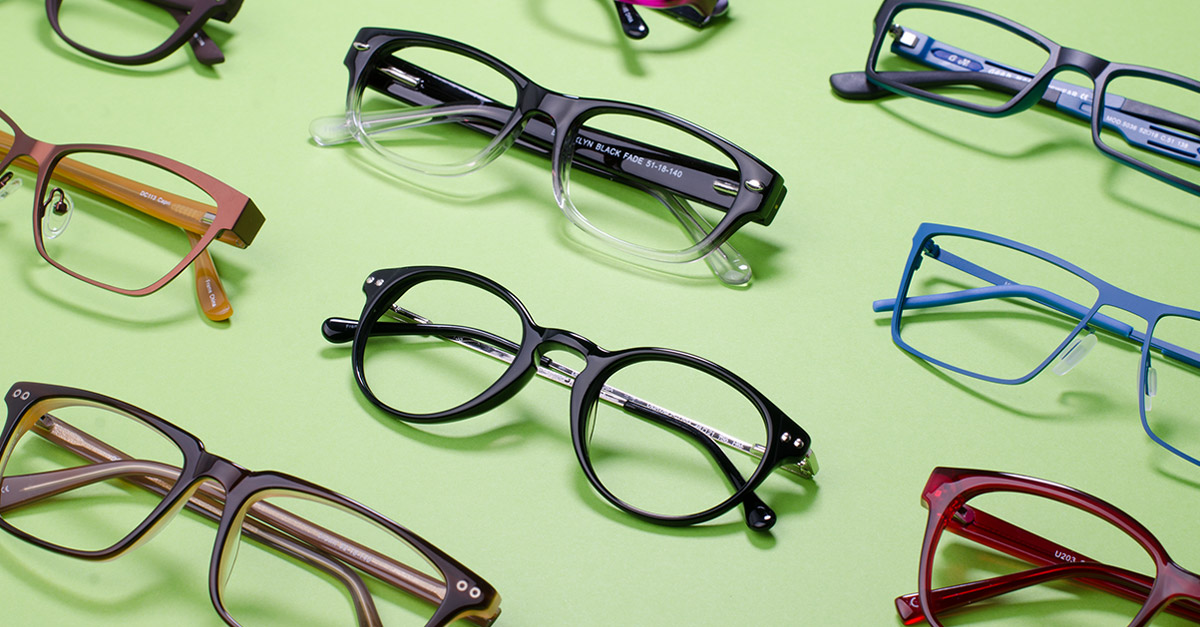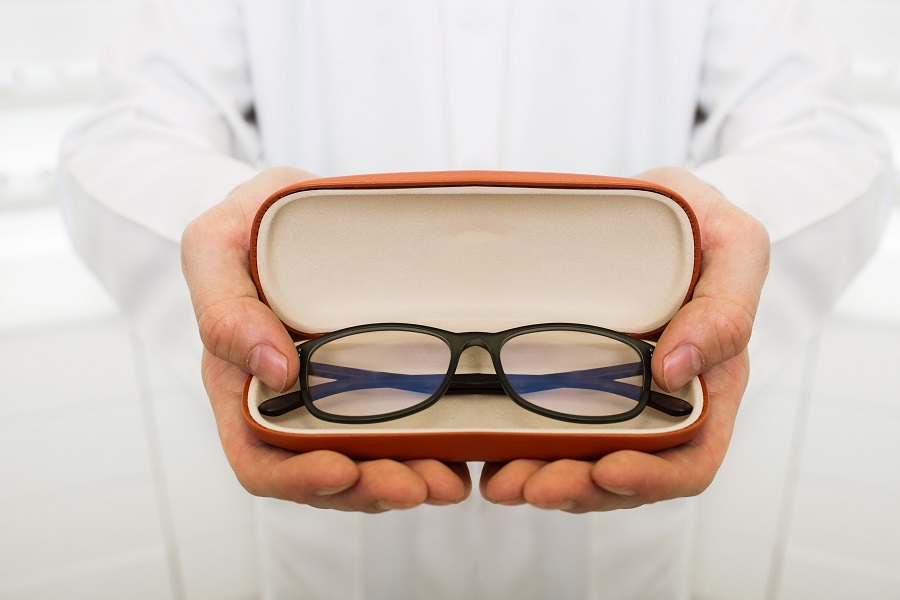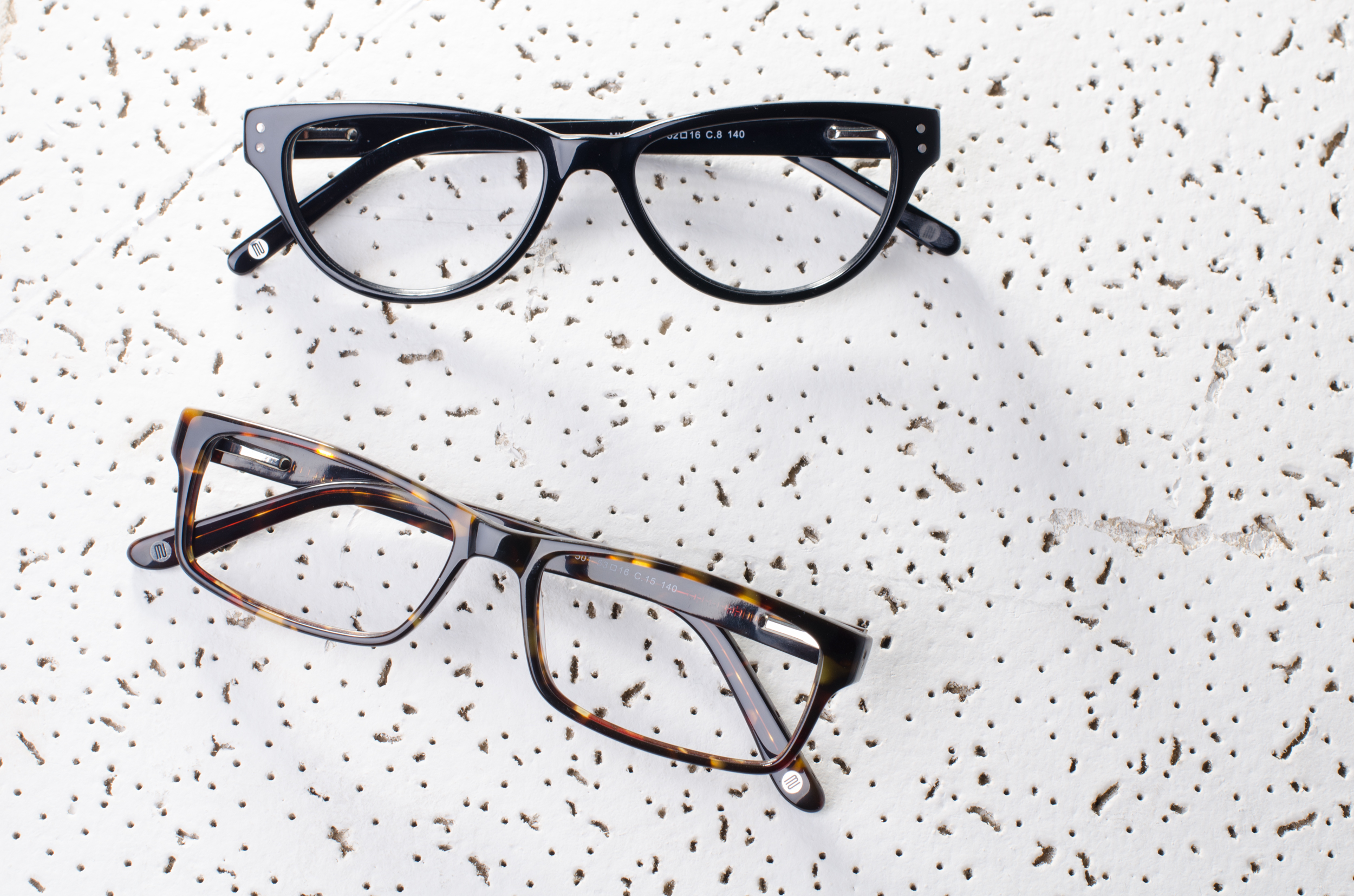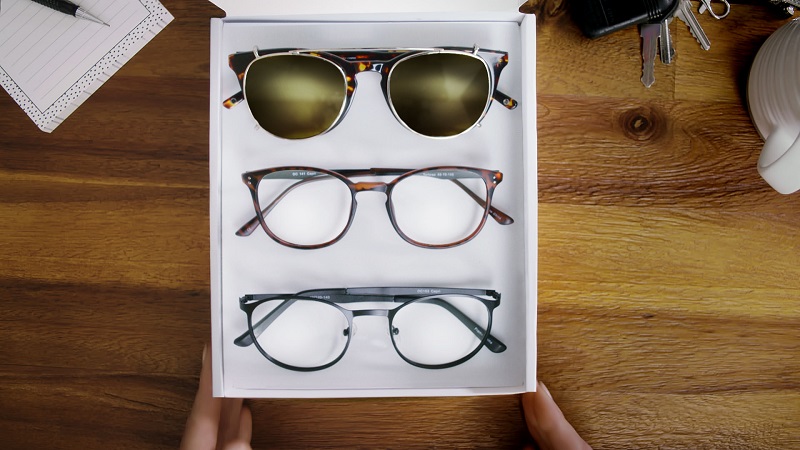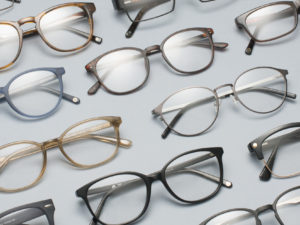The comfort and convenience of multifocal lenses is almost enough to make everyday life feel normal with perfect vision. The ability to quickly glance into different strengths of lenses is extremely beneficial for dynamic or active sightseeing. Bifocals are the most common multifocal lenses, allowing one to wear the same pair of glasses for both near and far. Multifocal glasses aren’t without their faults, though. You should know the potential problems wearers experience before purchasing your first pair.
Diffused/Fuzzy Lights
If light is interfered or changed in any way before reaching the retina, it can cause vision problems. Although multifocal lenses are supposed to enhance the clarity of visible light, sometimes they can actually reduce the amount of light that reaches the retina. There are also cases where the light is being distorted, causing a lack of clarity in values of brightness.
Loss in Spatial Depth
Multifocal glasses need to be extremely accurate in their prescription strength or they may come with the unintended side-effect of completely shifting the images in front of the wearer, making objects appear closer or farther away than they really are. This is a serious concern for the elderly or anyone with physical disabilities and don’t want to lose their independence due to a bad fall from a loss of spatial judgement. This image distortion commonly occurs in between the border of the two different strengths of lenses.
Trouble Viewing TVs/Screens
Individuals who wear multifocal glasses frequently experience issues when on a PC or smartphone screen. When you look down through the lower segment of the focal point, keep in mind the end goal is to move the field of vision to improve clarity. On the off chance that you encounter eye fatigue or get any pains while trying to read text on your phone or computer, try adjusting the settings on the device to give you the optimal brightness and angle in order to reduce glare.
How you position your head, both in distance and in alignment, influences the level of eye strain and potential headaches. Until you get used to your multifocal glasses, try to avoid staring at computer screens as much as possible. Your restraint will make for a much less stressful experience.
Blurry “Breaking in” Phase
Numerous people who wear multifocal glasses can have hazy vision at first. Obscured vision may continue until you adjust to looking through the changed fields of vision of multifocal glasses. This is typical, as you wear your eyeglasses, you need to allow yourself to adjust to multifocal focal points. The human eye is very resilient and adaptive, you just have to give it the necessary time to adjust.

